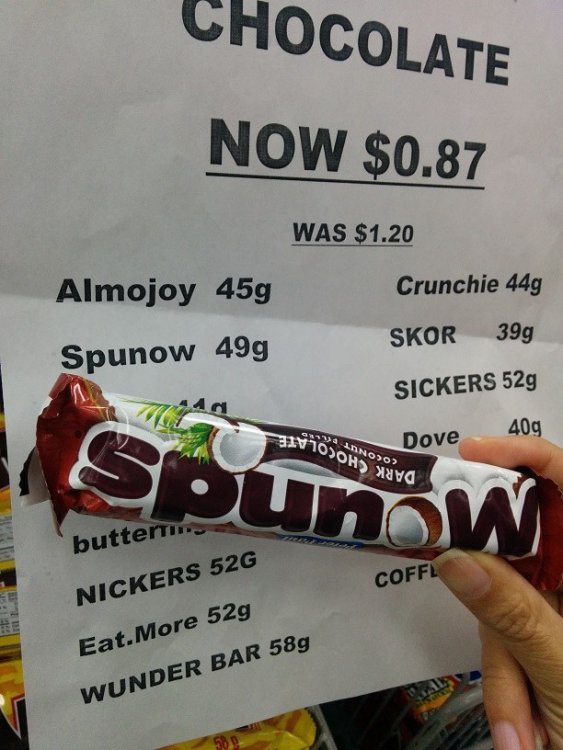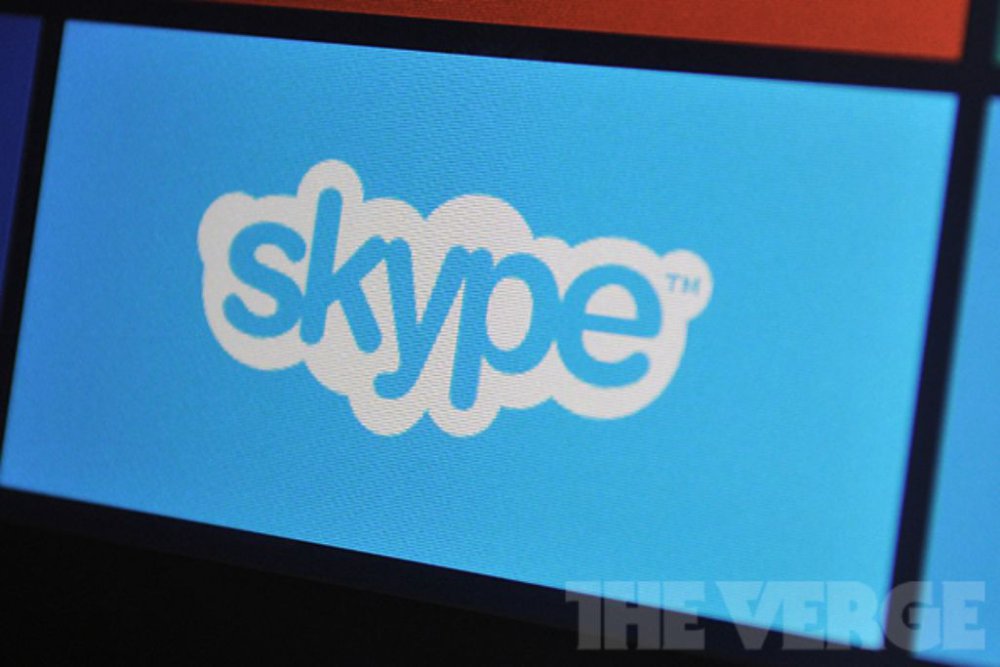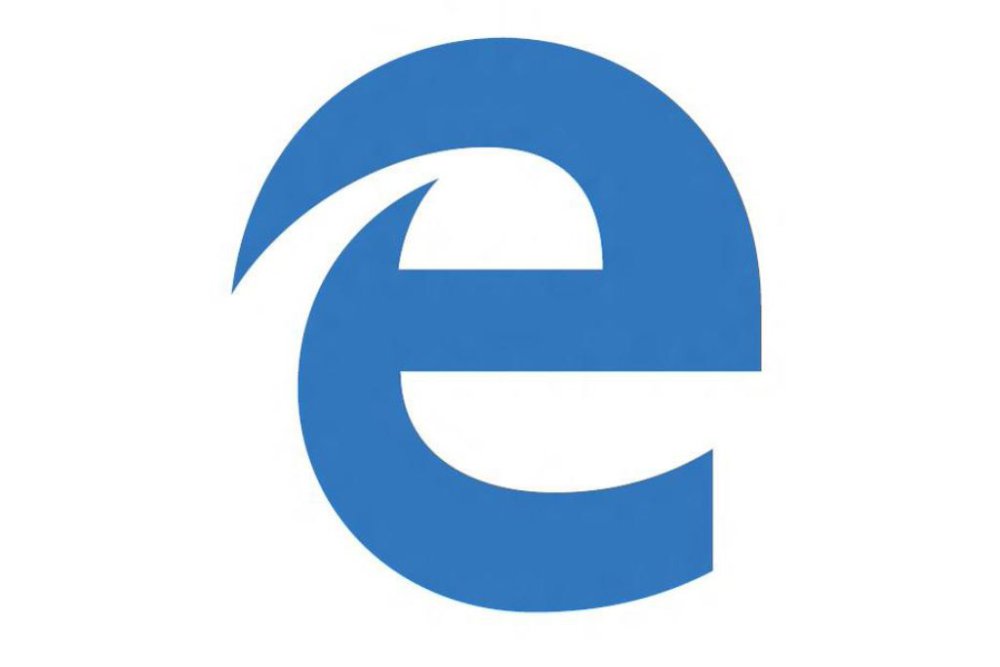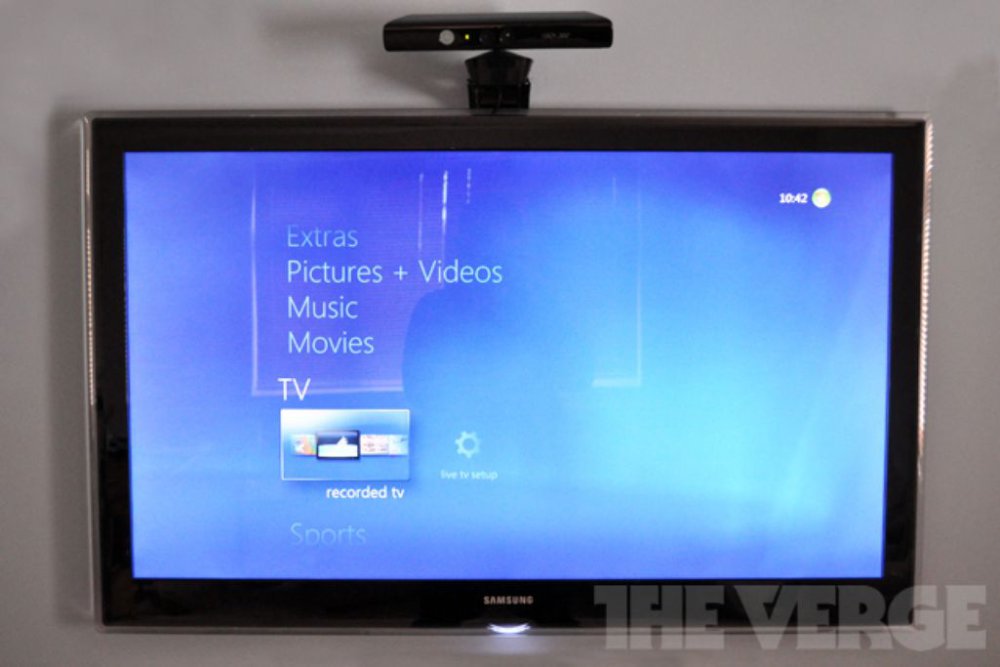-
Posts
7,282 -
Joined
-
Last visited
-
Days Won
2,416
Content Type
Forums
Blogs
Events
Resources
Downloads
Gallery
Store
Everything posted by allheart55 Cindy E
-
Distance
-
-
A court in Europe has ruled that Microsoft’s Skype logo and name is too similar to the Sky broadcaster. The judgment will prevent Microsoft from registering a trademark for the Skype name and logo design in Europe. This is the second time Microsoft has been involved with a court case with Sky. British Sky Broadcasting Group (BSkyB) forced Microsoft to rename its SkyDrive cloud storage service to OneDrive after a UK court ruled it was too similar. "We’re confident no confusion exists between these brands and services and will appeal," says a Microsoft spokesperson in a statement to The Verge. "This decision does not require us to alter product names in any way." While Microsoft won’t be forced to rename Skype, Sky may request licensing fees to use the Skype brand in Europe. Sky originally filed its complaint in 2005, six years before Microsoft completed its acquisition of Skype for $8.5 billion. The complaint centers on the registration of the Skype trademark, rather than its usage. It’s not clear how Microsoft intends to protect its Skype name if an appeal fails, and that could allow others to use the Skype name for their products. Sky provides TV services primarily in the UK, with channels like Sky One, Sky Sports, and Sky Movies. Source : http://www.theverge.com/2015/5/5/8553491/skype-name-trademark-sky-broadcaster-europe-ruling
-
- british sky broadcasting
- europe
- (and 4 more)
-
Microsoft is being ambitious with Windows 10. Continuum for phones, Windows Hello, HoloLens, and a plan for 1 billion devices running Windows 10 are all new and daring, but the bravest of all is a middle finger emoji. Emojipedia has uncovered a host of new emoji changes in Windows 10, and the middle finger stands out (no pun intended). There’s not just one middle finger to help you flip a friend off, but six in total to cover diverse skin tone options. Microsoft is the first big tech company to include the middle finger in an operating system. Apple and Google do not yet support it in iOS or Android. Elsewhere in Windows 10, Microsoft is making a lot of changes to closely align its set of emoji with the characters found in iOS. Relieved face, confounded face, face with a look of triumph, tired face, and more are now more accurately represented. Microsoft has also opted for gray as the neutral and default skin tone of emoji people. There are even new additions, including the Vulcan Salute and raised hand with fingers splayed. All of the new emoji will be available in Windows 10 once it ships in the summer. Source : http://www.theverge.com/2015/5/4/8542697/windows-10-emoji-middle-finger
-
Microsoft announced the name of its Windows 10 browser last week. While the code name, Project Spartan, was exciting and invoked visions of dominance and strength, the final name Microsoft picked is totally dull and mundane. Microsoft Edge is the successor to Internet Explorer, but the software giant had a huge opportunity to bury the bad image of IE, and it has blown it. Microsoft Edge sounds like some type of datacenter or corporate IT package from a decade ago. It’s not cool, exciting, or even remotely interesting. It’s boring and sounds like the dreadful EDGE pre-3G internet connection that nobody wants on their phones these days. My friends joke that their iPhones are on the "edge of death" when they see the little E icon, and Microsoft Edge just reminds me of a bad internet connection or a WWE wrestler. Neither of those are cool. A safe and bad bet. Since Microsoft has picked Edge, you would expect a cool new logo and splashy brand, but that hasn’t happened. Microsoft’s Edge logo simply clings to the past by acting as a safe bet and mimicking the Internet Explorer logo. They’re both a lowercase "e," and all that’s really removed from the Edge logo is the halo from the IE logo. It's designed this way for those who are familiar with the IE logo as it exists today, the generation that are still using the browser. Microsoft should be more concerned with the masses that have moved to download Chrome or Firefox, which both have completely different names and logos. What this all really highlights is Microsoft’s inability to let go of the past. Internet Explorer will even remain in some copies of Windows 10, aimed squarely at legacy enterprise users. Microsoft admitted it has been doing user research into this new name, and the company tends to rely on these focus groups far too heavily. "It's really hard to design products by focus groups. A lot of times, people don't know what they want until you show it to them," said former Apple CEO Steve Jobs back in 1998. Relying on these focus groups often results in misguided product decisions. Microsoft used a "Customer Experience Improvement Program" as an indicator that the company should scrap the Start button and Start Menu in Windows 8. That terrible decision has been reversed for Windows 10, and feedback opened more broadly. When Microsoft listens, it results in Cortana. When Microsoft does listen to broader feedback, it usually results in something people actually care about. Take Cortana for example. Microsoft was going to name its digital assistant Naomi, Alyx, or a number of other equally boring alternatives, but leaks and an online petition helped sway Microsoft’s decision. Cortana is such a unique name that it’s on the verge of entering the mainstream thanks to the positivity around the feature and Microsoft’s marketing of it. Microsoft had an opportunity to create the same buzz and excitement around its Internet Explorer successor by getting the name right. When Firefox started swaying people away from Internet Explorer, it did so with a combination of good features, word of mouth, and an awesome red panda taking over the world for its logo and brand. While Microsoft is doing a lot of cool things right now, Microsoft Edge is just a reminder of corporate suits, Internet Explorer 6, and the past. Source : http://www.theverge.com/2015/5/5/8553359/microsoft-edge-name-brand
-
Fire
-

Unwelcome desktop "toolbar"
allheart55 Cindy E replied to Mommalina's topic in Tech Help and Discussions
I had no idea, Pete. -
Hi Nev and Welcome. I'm happy to see you here.
-
Parched
-

Unwelcome desktop "toolbar"
allheart55 Cindy E replied to Mommalina's topic in Tech Help and Discussions
I'm glad you resolved it, Lina. I was going to ask Pete to take a look at your thread. -
-
Horses
-
Restaurant
-
During Build 2015 last week Microsoft announced that the browser we have known as Project Spartan in Windows 10 would be re-named Microsoft Edge. The name was revealed in a video played for keynote attendees and as you watch it it becomes very obvious early on what the new name will be. Although many would have liked to see the name Spartan stick around because of its Halo connection, similar to the name Cortana for Microsoft's digital personal assistant, Edge is a good name in my opinion. Many whom I spoke to at Build liked the name as well but the one element of the name change that might not be as well received is the new Microsoft Edge Logo. As you can see below it certainly has a few more edges than the familiar Internet Explorer logo. It is intended to resemble the blue e we have known for many years yet signal a change. We would like to hear from you and whether you like the new logo for Microsoft Edge and why. Microsoft Edge Internet Explorer Source : http://winsupersite.com/poll/05042015
- 1 reply
-
- internet explorer
- microsoft edge
-
(and 2 more)
Tagged with:
-
-
Mythology
-
Hercules
-
Protect
-
Color
-
Sun
-
-
Thorn
-
There are a lot of purchases you can make with the information on the front of a credit card. But ID thieves who have the card number, name, and expiration date will still hit a speedbump if they have to enter that (usually 3-digit) security code on the back of a victim’s card. Notice that we said “speedbump” and not “dead end,” because some scammers have figured out how to get this crucial info from their victims. According to our colleagues at Consumer Reports, the security code scam works by taking advantage of the near-constant news of data breaches that have hit retailers in recent years. Once a scammer has the main information for the card, they can call the unwitting victim, claiming to be from the bank or credit card network. The caller will say there has been a suspicious transaction alert on that card and asks the victim whether or not they made that purchase. Since that transaction is entirely fictional, the victim will correctly state that they did not make the purchase. The caller then says they are going to open a fraud investigation ticket, and oh — by the by — can you please confirm you are the cardholder by providing the security code on the back? Remember, the caller already has most of your card info so they can say things like “Can you verify the code on the card ending…” and then give you the actual final digits of your account. Scammers are also good at spoofing phone numbers, so your caller ID might say “Bank of Whatever” or the number might match the phone number on the back of your card; that doesn’t mean the person is calling from that bank or that number. Any time you get a fraud alert call: •Don’t give the caller any information about your account—even if he already knows some of the details. •Hang up the phone. Call the customer service number on the back of your credit card. Talk to the fraud or security department and ask about the unauthorized charges the caller told you about. • Report the suspicious call to the FTC at ftc.gov/complaint or 877-FTC-HELP. •Tell your friends, family, neighbors, and others about it. By spreading the word, you can help someone you care about avoid falling for a scam. Source : http://consumerist.com/2015/04/29/how-scammers-trick-you-into-giving-up-that-security-code-on-the-back-of-your-credit-card/
-
- credit card
- data breaches
-
(and 5 more)
Tagged with:
-
Red
-
Microsoft stopped actively developing Windows Media Center in 2009, but the company still shipped an unmodified version in an upgrade pack for Windows 8. The software giant is planning to kill off Media Center in Windows 10, meaning any PCs upgraded from Windows 7 or Windows 8.1 will lose the feature. Microsoft confirmed the plan to ZDNet’s Ed Bott in a recent interview. It’s not a surprise move, but Windows Media Center has a passionate and loyal following which will undoubtedly mourn the loss of the feature. Microsoft first introduced Windows Media Center in 2001 as a separate Windows XP version. It was designed to run fullscreen as a media player, and support television channels from TV tuners. A number of PC makers created dedicated Media Center PCs for use in the living room, but it never really made it mainstream enough for Microsoft to continue developing it fully. Windows Media Center was characterized by its use of a green button to access the main interface from a remote control. While Microsoft has focused on TV and entertainment features in the Xbox One, the company sold its Mediaroom IPTV business and set-top boxes to Ericsson back in 2013. At the time, Microsoft said it was “dedicating all TV resources to Xbox,” and its gaming console has gained a number of new entertainment apps over the past year. If you’re still a fan of Windows Media Center then it looks like you’ll need to stick with Windows 8.1, unless someone manages to unofficially port it across to Windows 10 once the new OS launches this summer. Source : http://www.theverge.com/2015/5/2/8536141/microsoft-windows-media-center-killed-off
-
- media center
- media player
-
(and 4 more)
Tagged with:










